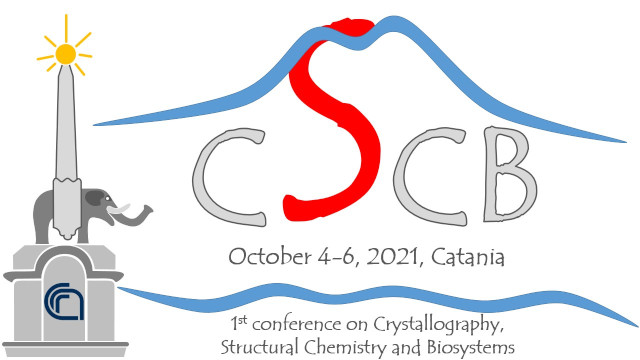Speaker
Description
Selection of promising, well characterized hits and leads is essential for success in the drug discovery process. Furthermore, information on the interaction of potential drug candidates with the targeted biomolecule is important as a basis for the understanding of more complex schemes. Binding assays are the type of assays that provide such information on affinity, kinetics and thermodynamics [1]. Biophysical binding assays are alternative tools in generating label free, high quality data on the interaction between a target and a potential drug candidate. Label free screening methods include mass spectroscopy, nuclear magnetic resonance spectroscopy, isothermal titration calorimetry (ITC) and biosensor.
Biosensors based on optical detection principles are the type of sensors most often used. They offer a rapid way to determine relevant binding data without the need for labeling of the interacting molecules. These biosensors measure in real time the quantity of complex formed between a molecule immobilized on the sensor surface and a molecule in solution, determining small changes in refractive index induced at the interface upon binding. A huge number of different optical techniques to monitor such refractive index changes have already been introduced in the past and this number is still increasing. Among them, Surface Plasmon Resonance (SPR) is currently the most widely used due to the wide versatility and sensibility of the method.
Here we present the results obtained using SPR with various types of assay involving different biological targets. In particular, kinetics data from single compound binding assay [2], surface competition assay [3] and screening of small compounds library [4] will be shown.
References
Marks et al. Methods Mol Biol 2002, 190:51-63.
Capelli et al. Front Chem. 2020, 7:910
Souvalidou et al. bioRxiv (Preprint) 2021
Montanari et al. Sci Rep. 2016, 6:27658

